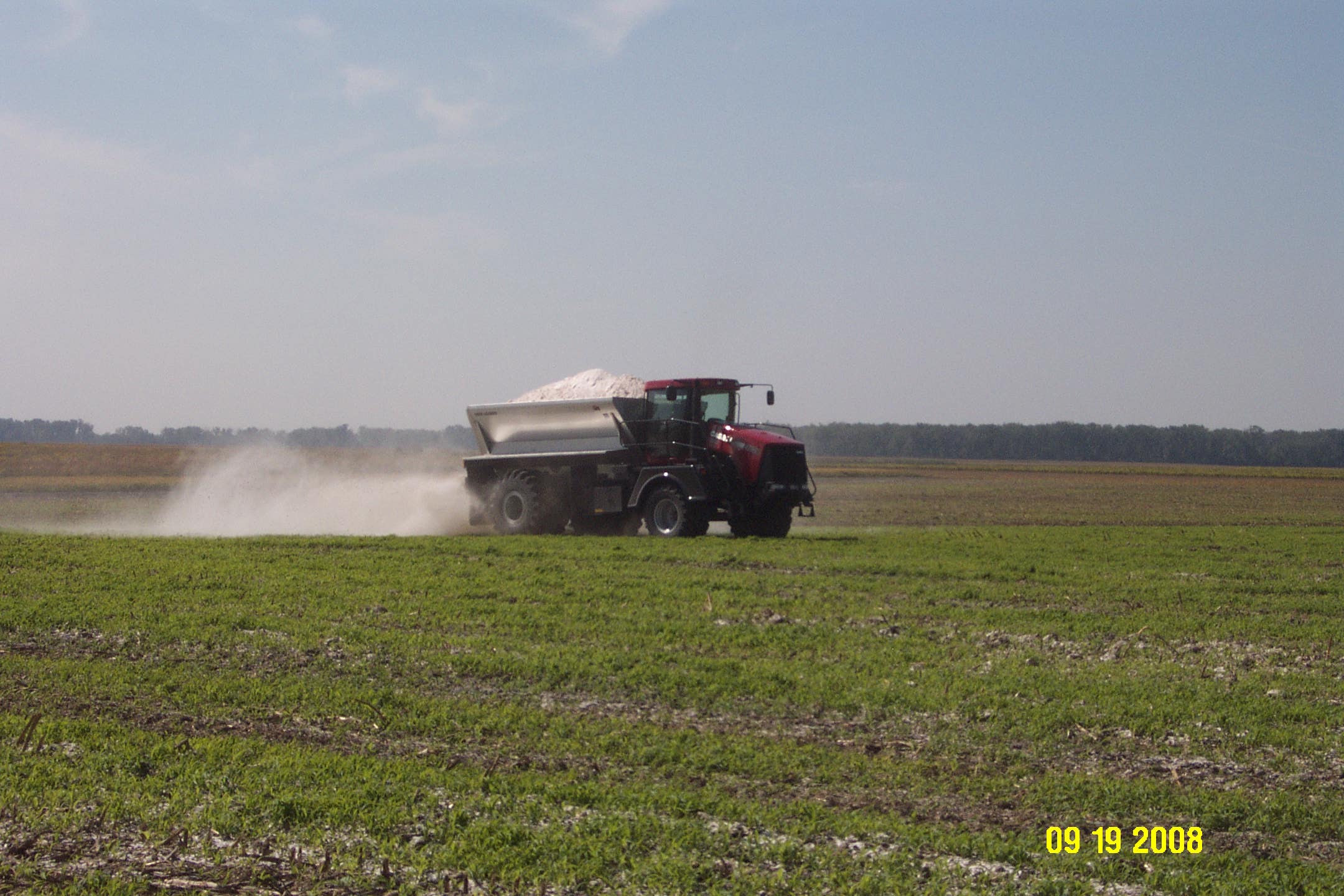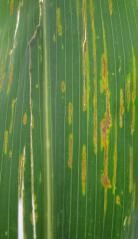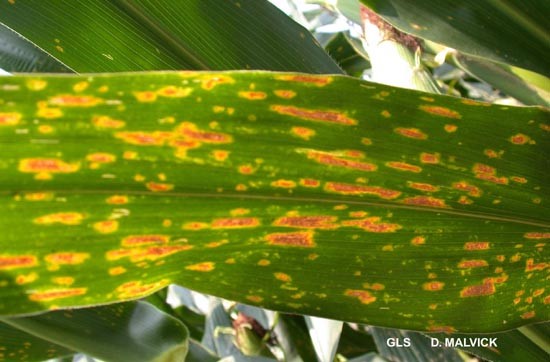Research completed over the last four years shows corn, soybeans, alfalfa and wheat consistently responds to sulfur fertilization. In a study by Iowa State researchers, responses in corn to sulfur were observed at 3 of their 6 sites in Central Iowa and North Central Iowa in 2017. In 2018, they had responses in corn to sulfur at 5 of their 6 sites. At one location, corn treated with sulfur from gypsum yielded 108 bushels more than the untreated. Over the 12 site years, the study revealed gypsum treated corn averaged 13 bushels over the untreated. Some of the responses were in soils with organic matter levels greater than 4%. The researcher commented that “predicting sulfur responses from soil test levels is difficult”. “Also, given the increase in nitrogen use efficiency with the use of sulfur, farmers should consider sulfur in many soils and environments especially if soils have been eroded”. Sulfate sulfur sources gave greater and more consistent responses than elemental sulfur sources.
Central Iowa Corn Response to Gypsum
Treatment Yield, Bu/A
2017 2018
Check 209 193
Gypsum 214 214
Iowa State researchers have also consistently seen sulfur responses in alfalfa over the past seven years. They have noted that corn following alfalfa is very responsive to sulfur, since alfalfa often depletes soil reserves of sulfur.
Purdue University did sulfur research in soybeans. They found sulfate sulfur sources gave the greatest yield response with a 12 bushel yield response in 2016 and a 10 bushel response in 2018. Sulfate sulfur sources gave greater responses than products containing elemental sulfur. Research shows that later season sulfur uptake is greater with higher yielding varieties which could support the use of a slower release sulfate sulfur product like gypsum.
Treatment 2018 Soybean Yield, Bu/A
Check 62
Gypsum 73
Lastly, researchers in North Dakota revealed 6 to 9 bushel yield responses in spring wheat to the application of sulfate sulfur.
We promote PRO CAL 40 gypsum as a soil amendment, providing calcium and improving infiltration and biological activity through better air and water management, however, it is a good source of sulfate sulfur that is needed in most soils. At the rates of PRO CAL 40 gypsum used as a soil amendment, the soils will have adequate carryover sulfur for multiple years.

 Today is World Soils Day!! To most, soil is thought of as DIRT, but soil is critical to LIFE and is full of life. In each tablespoon of soil there are millions of microorganisms, most of whom are essential for plant life. Like humans, improving the “house” that these microorganisms live in is important for their maximum performance. Soil Solutions is dedicated to working with producers in “home improvement” for these microbes. Like our name implies, we provide answers for improving soils like the picture shows. Increasing air in the soil is most important.
Today is World Soils Day!! To most, soil is thought of as DIRT, but soil is critical to LIFE and is full of life. In each tablespoon of soil there are millions of microorganisms, most of whom are essential for plant life. Like humans, improving the “house” that these microorganisms live in is important for their maximum performance. Soil Solutions is dedicated to working with producers in “home improvement” for these microbes. Like our name implies, we provide answers for improving soils like the picture shows. Increasing air in the soil is most important.











